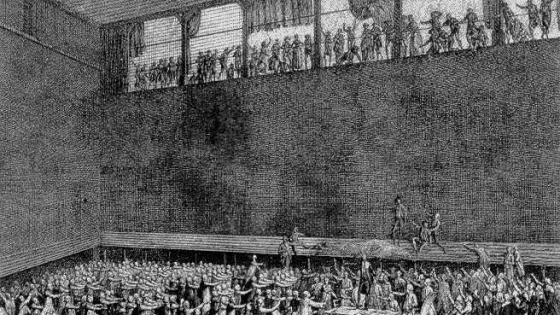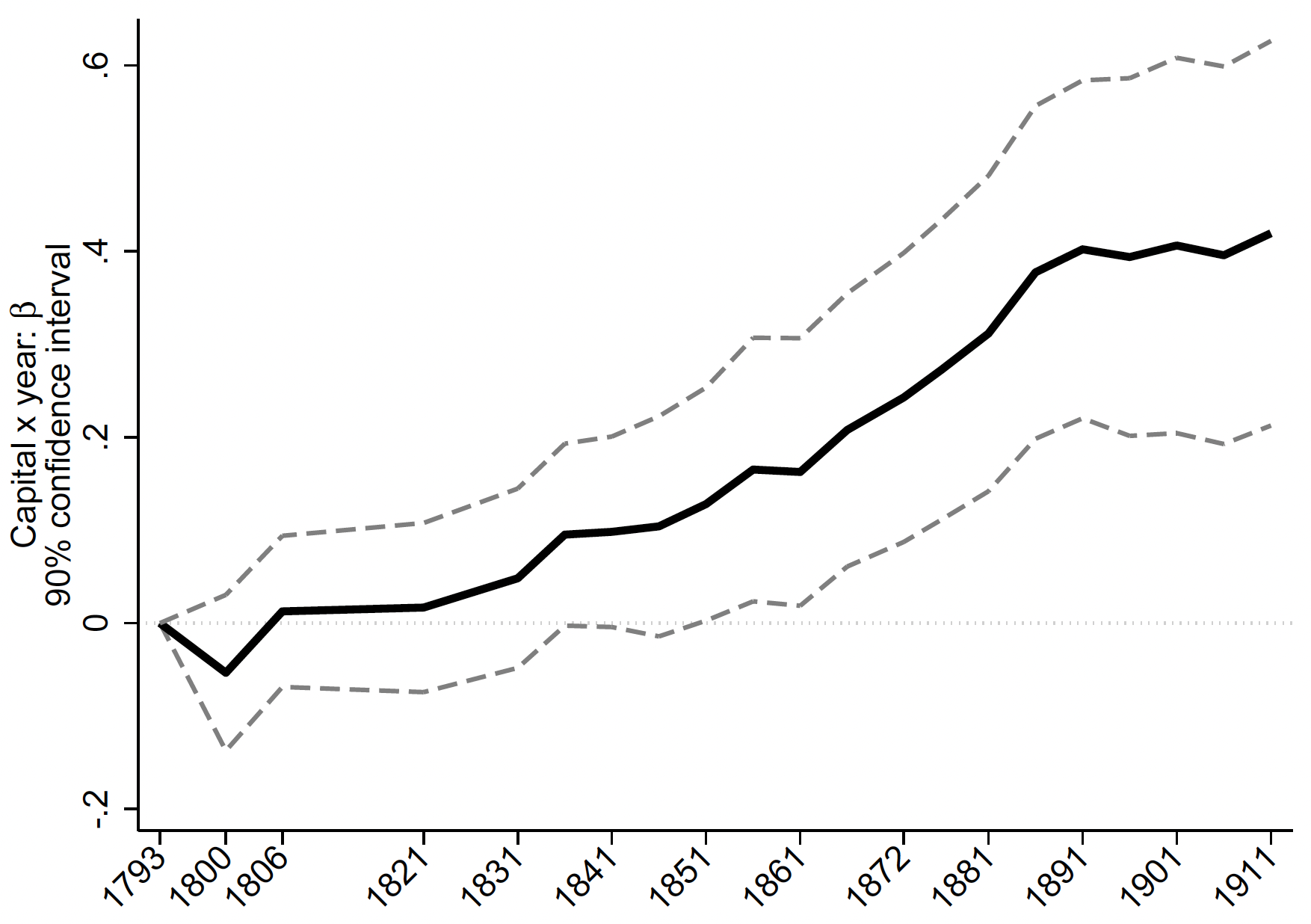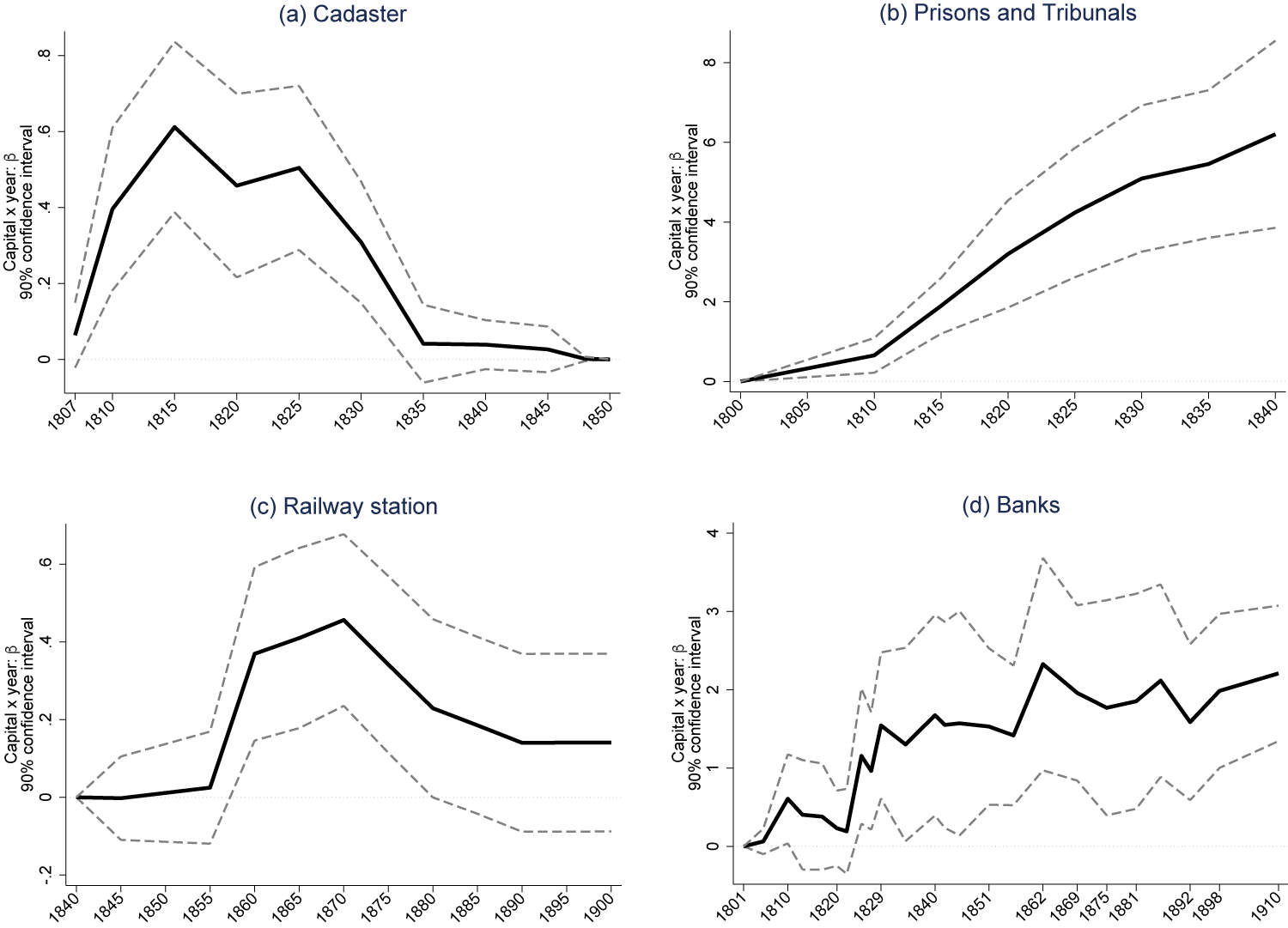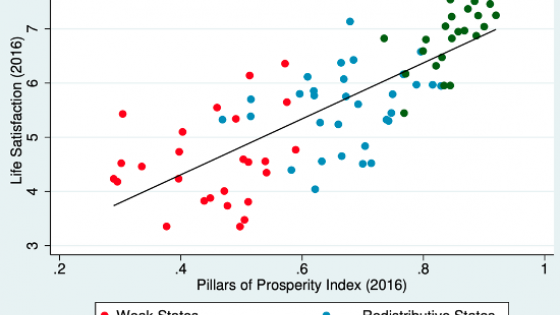State capacity is essential for economic development (Besley and Persson 2011, Besley et al. 2021). However, this fundamental insight of political economy involves a paradox: strong states have a unique ability to coerce their population and to collect taxes from citizens, which can also undermine economic growth. In the worst-case scenario, the coercive apparatus of the state can fall into the hands of corrupt elites and threaten the existence of markets and democracy.
Using evidence from Colombia, Acemoglu et al. (2016) warn us of the dangers of putting military objectives above all others in weak-state settings. At the same time, if the state fails to enforce law and order, other actors might step in to create sophisticated administrations in its place (Sanchez de la Sierra 2017, 2020). Historical examples illustrate the importance of early investments in coercive capacity. The young Roman Republic raised large numbers of conscripts to ensure its survival and expansion. In Ming dynasty China, a substantial share of the population belonged to ‘military households’ required to supply soldiers to the state. Recent work in low-income settings has focused on helping weak states develop fiscal capacity.
Across the board, the ability of states to raise taxes and defend their borders seems essential to their long-term success. Yet, policymakers often grapple with the problem of how to trigger the complex process of building the different functions of the state.
In our recent paper (Chambru et al. 2021), we exploit one of history’s most ambitious state-building experiments, the administrative reform initiated by the French Revolution, to shed light on the sequence of steps needed to build effective states. In February 1790, France’s Constituent Assembly overhauled the administration of the kingdom. In response to widespread grievances about administrative complexity, the Assembly established new centres to concentrate local administrative functions. The main achievement of the 1790 reform was to divide the territory into 83 homogeneous units known as départements. Citizens would never be more than a day of travel away from the nearest local capital, where all administrative services would be available. This state-building enterprise, solidified after 1800 by Napoleon, has largely survived to the present day.
One original feature of the reform allows us to establish a causal link between the reallocation of administrative presence across space and subsequent economic outcomes. Facing pressure from local representatives, in about a third of French departments, the Assembly did not determine which city should become the new local capital. Instead, it decided that the capital would rotate across multiple cities.
Unsurprisingly, this compromise solution was not viable, and French parliamentarians soon began to call these ‘wandering administrations’ a ‘ridiculous and expensive’ solution. In September 1791, the Assembly abolished rotations and ordered the local administration to remain where it was. We show that this generated exogenous variation in the allocation of capital status, and we use this setting to compare the cities that were ultimately chosen (capital cities) to the ones that were initially considered (other candidate cities).
Despite having similar economic potential before the Revolution, capitals diverged dramatically from other candidate cities over the long run. By the end of the 19th century, the population of capitals was 40% larger than that of comparable candidate cities. Civil servants and their families accounted for about a third of this difference. This demographic divergence, which continued in the 20th century, is consistent with a large literature showing that public investments and market agglomeration forces promote economic growth around centres of administrative power.
What happened in the immediate aftermath of the reform, however, is equally intriguing. In the short run, capitals did not grow faster than comparable candidate cities. Instead, the capitals concentrated investments in coercive capacity, which enabled France to fund and fight a series of external wars. By 1815, France’s new local capitals and their periphery were substantially more likely to have established their cadastre, a type of land-registration system aiming to facilitate land taxation. Moreover, capitals also paid a heavier tribute to military conscription in Napoleon’s armies after 1802.
We represent the dynamic evolution of population in Figure 1, where we plot the causal effect of the administrative reform on the population of capitals over time. Two striking facts emerge. First, the ‘winners’ of the administrative reform – the cities chosen as capitals – diverge markedly from competing cities in the long run. Second, this effect only materialises after several decades. We view this initial phase as the period during which investments are made to build the extractive capacity of the state. Only later does this increased capacity translate into a higher provision of public goods.
Figure 1 Population growth of capital cities compared to candidate cities
Figure 2 illustrates the successive steps of state-building, which can explain the long-term success of capitals and their periphery. Panel (a) shows the dynamic build-up of extractive capacity: capital cities establish their cadastre before other candidate cities. Panel (b) shows capitals investing in enforcement capacity, in the form of tribunals and prisons. Investments in the coercive capacity of the local administration might have made capitals less attractive for firms and citizens initially. Over time, however, these investments allow the local state to deliver local public goods. Panel (c) shows that capital cities obtain a railway station earlier than other candidate cities.
Figure 2 Growth in public and private goods of capital cities compared to candidate cities
Eventually, these investments in public goods and infrastructure stimulate private sector growth, as shown in panel (d), where we look at the number of local banks. We observe a similar pattern for other economic outcomes, such as innovation. In the late 19th century and the 20th century, the capitals and their periphery have grown faster in economic and demographic terms: the dynamic process of state-building paid off.
France’s state-building experiment illustrates that it takes time and patience for effective states to rise. Early investments in the state’s ability to extract resources require upfront efforts that may be costly for the local population. The dividends from such investments, while substantial in the long term, may not become apparent for several decades. These delayed benefits make the task of building effective states, which remains a key issue in many parts of the world, all the more challenging.
References
Acemoglu, D, L Fergusson, J Robinson, D Romero and J F Vargas (2016), “How not to build a state: Evidence from Columbia”, VoxEU.org, 6 October.
Besley, T, and T Persson (2011), Pillars of prosperity: The political economics of development clusters, Princeton University Press.
Besley, T, C Dann and T Persson (2021), “State capacity and development clusters”, VoxEU.org, June.
Chambru, C, E Henry and B Marx (2021), “The dynamic consequences of state-building: Evidence from the French Revolution”, CEPR Discussion Paper 16815.
Sanchez de la Sierra, R (2017), “On the origins of the state: Stationary bandits and taxation in Eastern Congo”, VoxEU.org, 19 December.
Sanchez de la Sierra, R (2020), “On the origins of the state: Stationary bandits and taxation in Eastern Congo”, Journal of Political Economy 128(1): 32–74.








